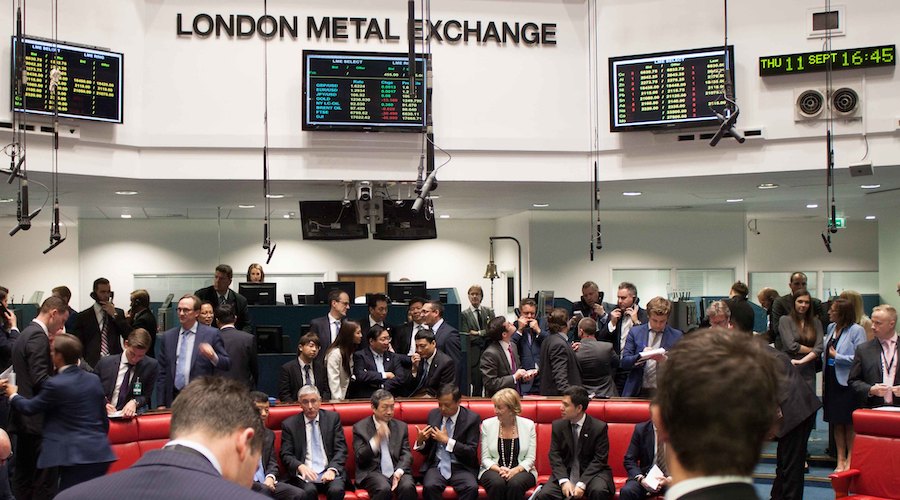
The London Metal Exchange (LME) on Thursday launched sweeping measures to revive its flagging nickel contract, including plans to cut waiting times and scrap fees for new brands of nickel that can be delivered against its contract.
The world’s largest and oldest metals trading venue, owned by Hong Kong Exchanges and Clearing (HKEx), announced a long list of measures that include moves to address low inventory levels and boost liquidity in electronic trading.
The 146-year-old LME plans to work with China’s Qianhai Mercantile Exchange (QME), also owned by HKEx, to launch trading in lower nickel grades – such as nickel matte – that make up a growing portion of global output.
A disconnect between the LME high-grade nickel and surging production of low-grade nickel was a key driver of the chaotic price action on March 8, 2022, which forced the LME to annul nickel trades and suspend trading for the first time since 1988.
The exchange plans to make permanent the daily price limits imposed on all metals after last year’s nickel swings, though it will tighten the caps on main metals copper and aluminum to 12% from 15%.
The LME “action plan” came in response to January’s report by management consultants Oliver Wyman, which advised the LME on how to prevent market distortions and improve risk monitoring.
The LME said it would also consider adding coarse nickel powder as eligible for delivery and that it plans to cut the waiting period for new brands to three months.
It usually takes six to nine months, but can take longer, one industry source said.
“While not compromising the LME’s requirements regarding either metallurgical or responsible sourcing standards, this approach allows new … nickel production to come to the LME market after three months of regular sample assaying,” the exchange said.
“The LME is also announcing a fee waiver for the listing of new brands. Given the significant increase in Asian … nickel production, the LME believes that the additional stock which can be brought to the market will add liquidity.”
Metal industry sources say this opens the way for China’s Tsingshan Holding and other Indonesian producers to deliver nickel to the LME system, but that care would be needed as Indonesian nickel has a very high carbon footprint.
Al Munro, of broker Marex, said the potential expansion of the contract weighed on LME nickel prices, which slumped 2.1% to $23,250 a tonne in afternoon trading.
“Exploring ways of allowing other forms of deliverable material is a positive step,” Munro said.
The LME nickel contract, trading volumes of which tumbled after last year’s crisis, currently accepts full plate and cut cathodes, pellets, briquettes and rounds.
The recommendations build on measures the LME took shortly after the crisis, including 15% daily price limits and over the counter (OTC) position reporting for all physically delivered metals.
The LME wants to help to introduce a “class 2” nickel spot market for nickel sulphate and nickel matte on the QME in China because only about 21% of global production, approximately 650,000 tonnes, can be delivered against the LME nickel high-grade contract.
The exchange also said it would seek to increase liquidity on its electronic platform after it switched to a hybrid model in 2021, using open-outcry trading for official prices but electronic dealing for closing levels.
“The LME will engage with the market later this year in respect of further enhancements to build electronic liquidity,” it said.
Britain’s Financial Conduct Authority this month launched its first investigation of a UK exchange for possible misconduct regarding the LME’s decision last year to halt nickel trading.
The move has prompted investor lawsuits while the nickel contract remains broken, with volumes sliding and the industry left without an effective global reference price.
(By Eric Onstad, Polina Devitt and Pratima Desai; Editing by Veronica Brown, Jan Harvey and David Goodman)
Comments